Mysteries of the Stone Age that have not yet been able to unravel

The Stone Age is the longest stage in the history of humankind. It began about 2.6 million years ago in the Paleolithic and ended around 5 millennium BC. During this time, humanity has created a huge layer of culture, albeit a primitive one.
Over the years, it is no longer clear why the Neolithic era’s majestic buildings, images, and other cultural monuments were created. All this creates an aura of mystery around the finds of that era, and many mysteries of the Stone Age remain unsolved.
What do the drawings on the Shigir idol tell us about?
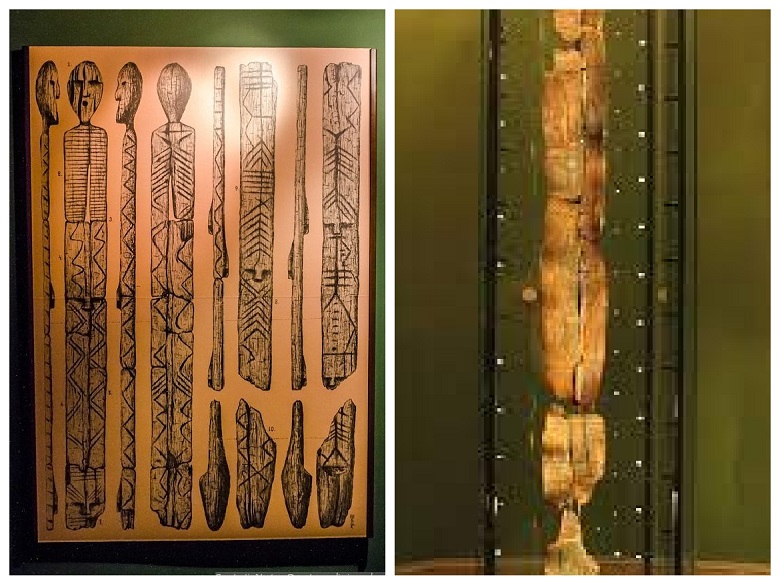
The Shigir Idol is the oldest surviving wooden sculpture, which is more than 12 thousand years old. It was created during the Mesolithic era and was discovered in 1890 in the Middle Urals.
The idol was found to have seven carved faces, called masks, of which one is located at the very top and is a three-dimensional head. Also carved on the idol is a sequence of abstract forms, which, according to scientists, can reveal the meaning of ancient images.
However, it remains a mystery what the ancient people captured on this idol. One theory says that the sequence of lines denotes the boundaries between the physical and spiritual worlds and either represents a map or refers to the deities of that time.
What did Stonehenge serve for?
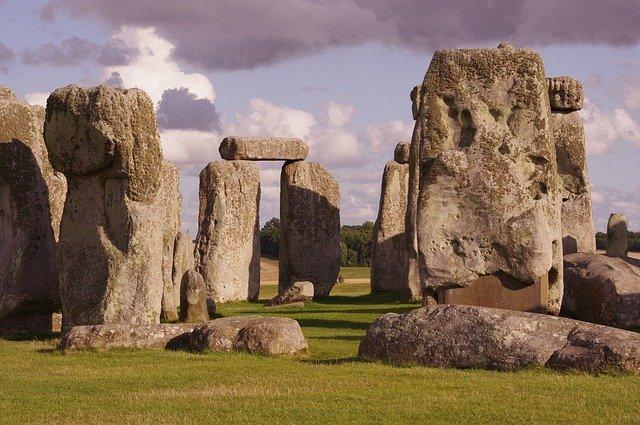
The megalithic structure Stonehenge, located in England, is one of the most famous monuments in the world, which is known to every person on the planet. Its construction is believed to have begun around 3100 BC and was abandoned around 1400 BC.
The monument is a circle of stones 33 meters in diameter, weighing about 25 tons, which already surprises scientists. Even in those distant times, using primitive engineering, people were able to build such a structure.
Most of all, scientists are concerned with the question of what purposes this monument served. There are several versions. The most popular is where Stonehenge is recognized as an ancient observatory, which made it possible to monitor astronomical phenomena. It is also believed that the monument could originally have served to predict cosmic catastrophes.
According to another version, Stonehenge was
In any case, Stonehenge was a special place for ancient people, but so far, its exact purpose remains a mystery.
For what purposes were the Carnac stones created?
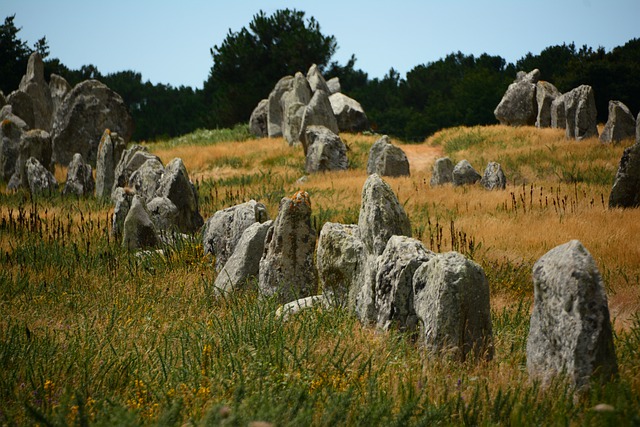
The Carnac Stones, located in the French region of Brittany, are the world’s largest cluster of megalithic structures. This complex includes alleys of menhirs, dolmens, and mounds, of which there are more than 3 thousand pieces in total.
According to the research of archaeologists, it was possible to determine the beginning of construction, around 3300 BC, although, according to modern estimates, this bar has shifted to about 4500 BC.
The designation of burial sites and dolmens does not cause any controversy in the scientific community. But what the long stone rows, circles, and alleys of menhirs served for, remains a mystery. Some scientists suggest either an observatory or a kind of calendar that told peasants when to grow and harvest crops. Also, it could be religious buildings, according to which shamans predicted solar and lunar eclipses.
Why Jericho Tower was built
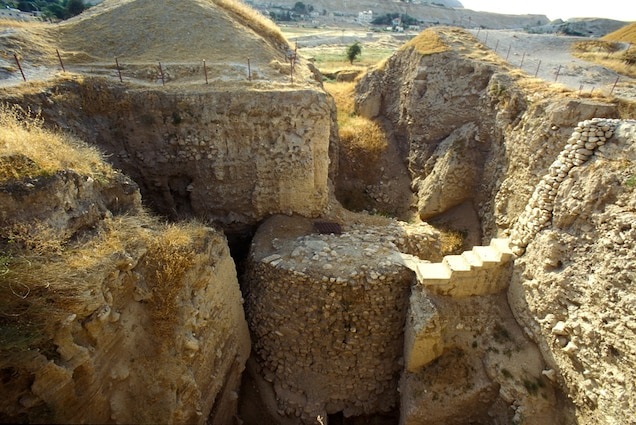
The Jericho Tower is one of the youngest to discover Neolithic monuments, which was found only in the 1930s. Initially, its age was estimated at 1400 BC, but later the date was shifted to 8000 BC. So the tower of Jericho is one of the first monuments of the Stone Age and very large-scale for its time.
The tower has a conical shape with a diameter of about 9 meters at the base and about 7 meters at the top. According to modern estimates, it took 11,000 working days to complete. It is not clear for what purpose this tower served.
There is a theory that astronomical and social goals were considered when building the Tower of Jericho. It is also believed that it could have been used for defensive purposes, but no traces of incursions in the area were found during construction. In addition, it could serve for ritual purposes, but no burials have been found near it.
What happened to the Nabta Playa civilization
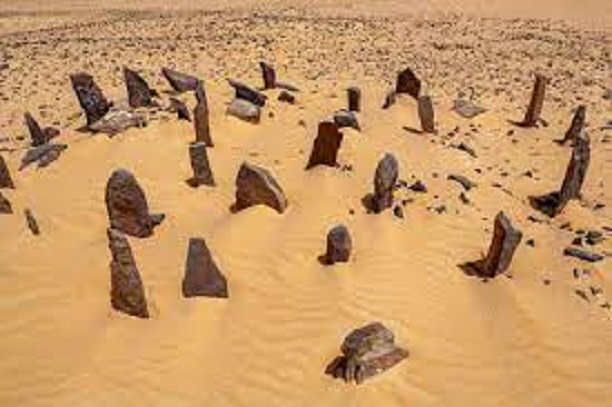
In the Nubian Desert, on the site of a dried-up island, there is an archaeological site of the Late Paleolithic Nabta Playa, whose age is estimated at 11 thousand years, making it one of the oldest cultural monuments.
In this place, scientists have found several megalithic structures that served as archaeoastronomical objects. It is assumed that the stones pointed to Sirius and other bright stars, which were at that time exactly in that place in the sky. Scientists believe that the Nabta Playa civilization was quite developed, with ceramics and high social organization, and therefore it is not clear why it disappeared.
Some scientists believe that due to the changing climate, the Nabta Playa civilization had to migrate to the territory of modern Sudan. Moreover, they note that the migration fell on the period of the first Egyptian pharaohs, and, based on this, it can be assumed that Ancient Egypt was formed just by Nabta Playa.
Why Göbekli Tepe was built
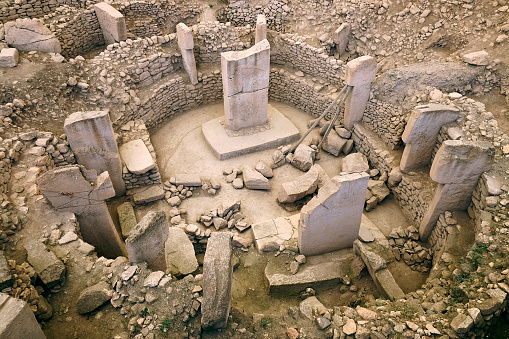
Göbekli Tepe is a temple complex located in the territory of modern Turkey. This architectural monument is the oldest of the large megalithic structures, the age of which is estimated at 12 thousand years.
The opening of this temple complex caused confusion in the scientific community because it was previously believed that organized religion arose after the transition of hunter-gatherers to a sedentary lifestyle and the emergence of the first permanent settlements with agriculture.
Since excavations in 1994, the purpose of this complex remains unclear. Some scholars are inclined to believe that the temple pursued magical goals, overcoming the fear of death. According to another version, the temple was conceived as a place for the healing of diseases. Other scientists believe that the structure was not a temple at all but an observatory. It has even been suggested that Göbekli Tepe served as a huge reservoir for collecting rainwater.




